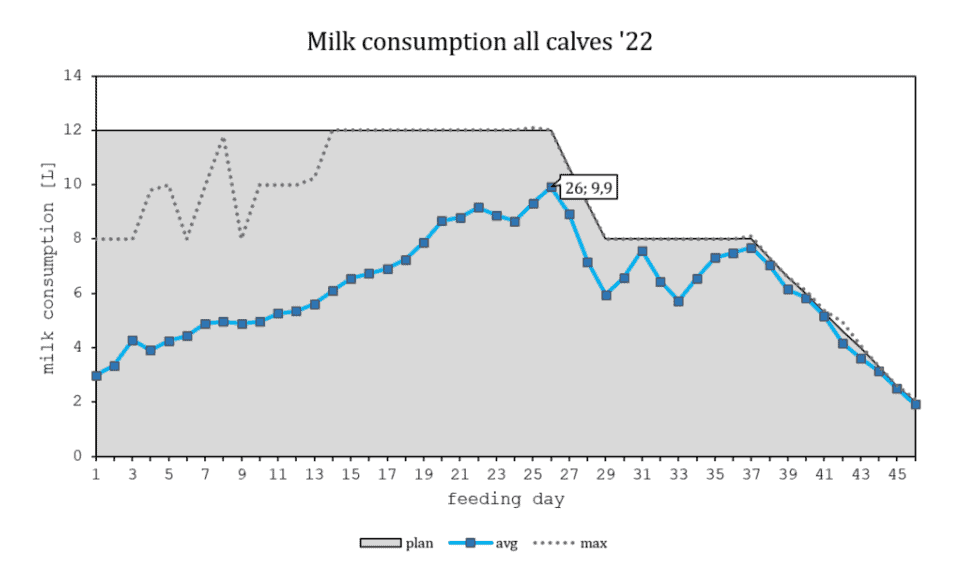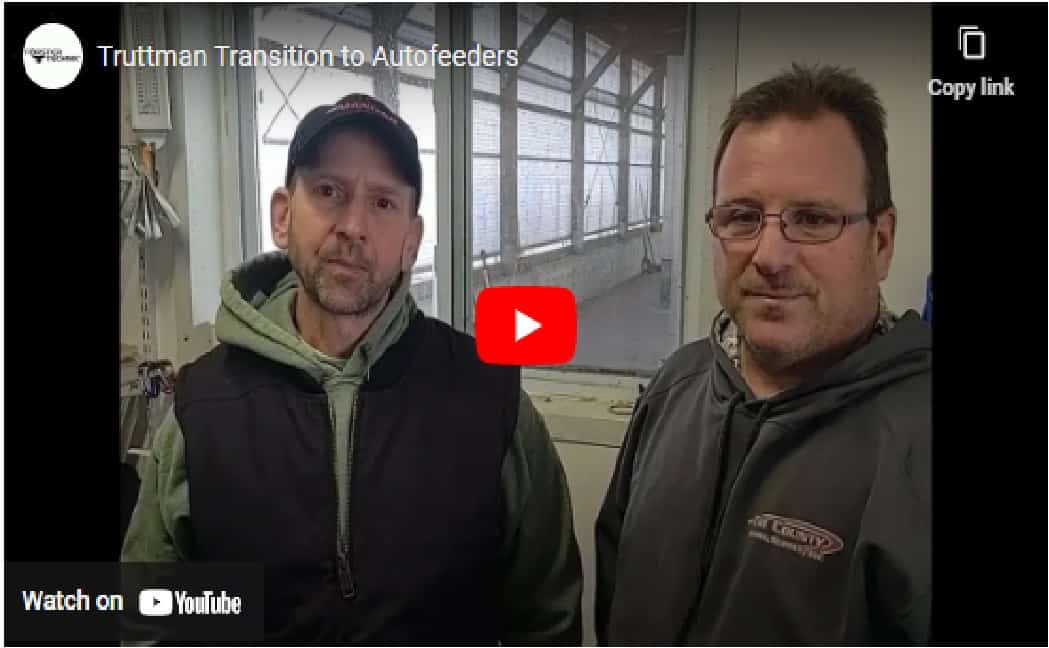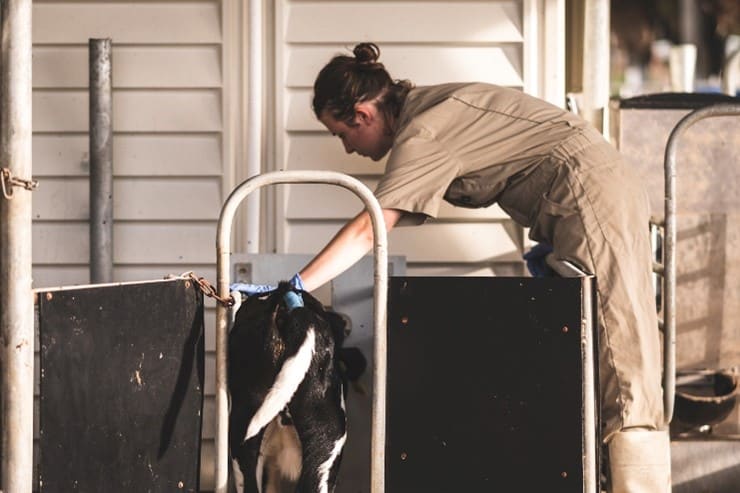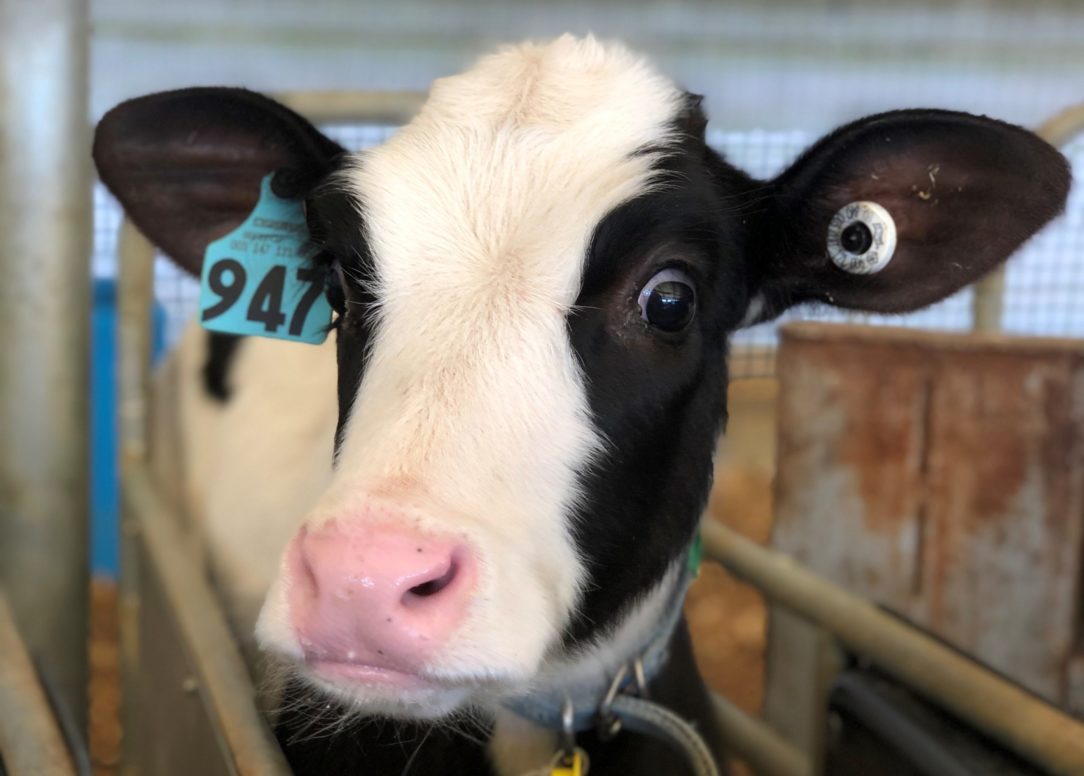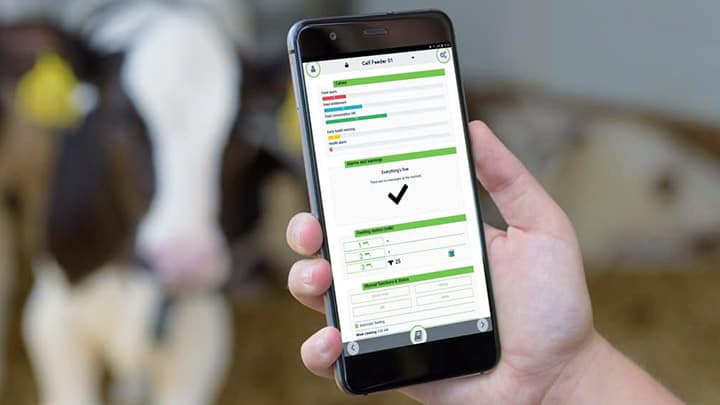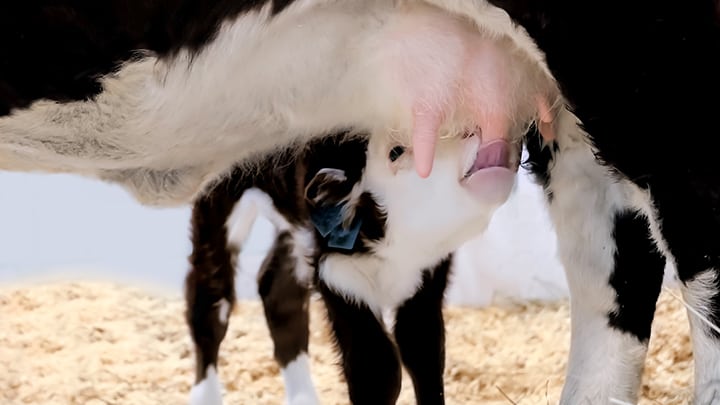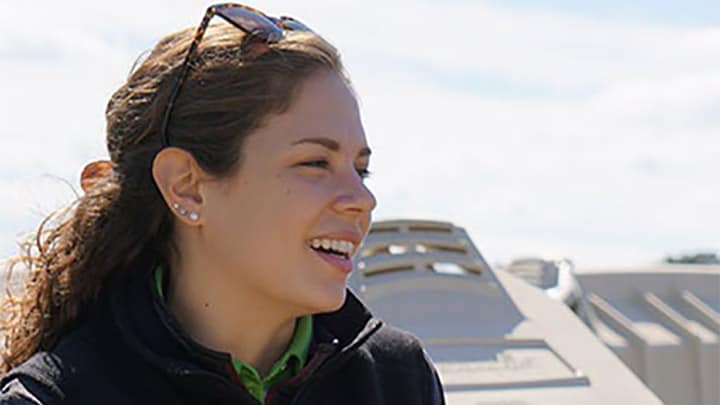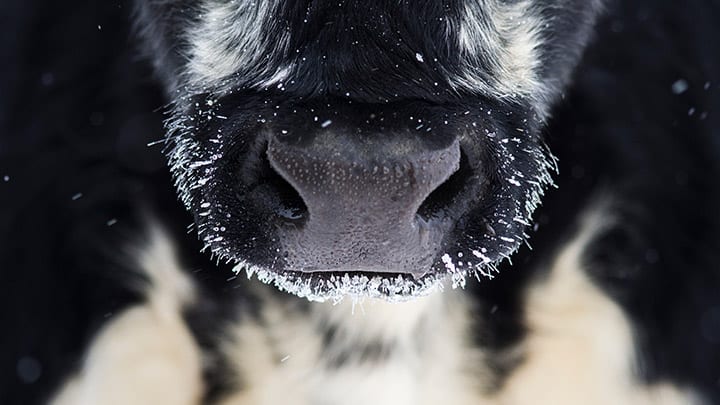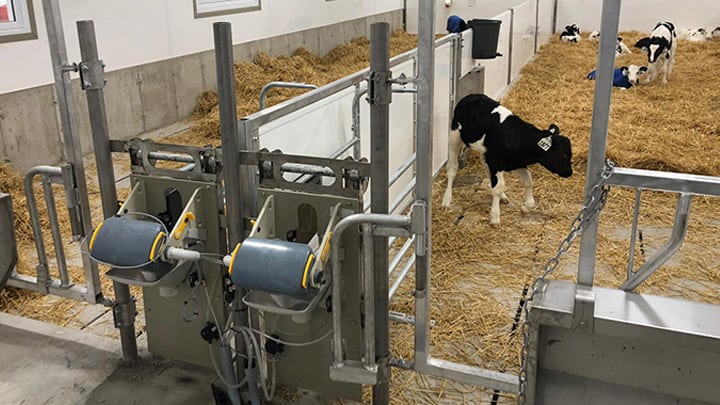When calves are first introduced to the autofeeder, it can take time for them to increase their consumption. Learn what might be causing this slow transition, and how to get them quickly consuming more milk.
Discover why Dan Truttman made the decision to invest in group housing and utilize autofeeders to raise the best calves.
Heat stress can take a toll on dairy calves, impacting feed intake, growth and health. Learn how using data from an automatic calf feeder can help detect heat stressed calves.
Deciding which data and alerts to pay attention to can be overwhelming. This post will help you know how to use the information to monitor calf health.
Calf autofeeders allow us to collect helpful data on each calf we care for. I’ve analyzed this data across many farms to share three key learnings about calves and how to use the data in a feeding program.
Automated calf feeders are increasing in popularity with progressive dairy farmers who want to raise top-notch heifers by offering several benefits over manual feeding.
We are aware of the importance of that first milking colostrum in providing immune globulins (Ig) or antibodies as a source of protection from disease for the newborn calf. Feeding four quarts of clean colostrum with a low bacteria count as soon as possible after birth is the key to success. However, have we missed other benefits from feeding colostrum and the “transition” milk from the first to sixth milkings to calves during their first few days of life? Read more …
Alyssa Dietrich graduated from Penn State University in 2013 with a B. S. degree in Animal Sciences. During the summer of of 2013 she interned with Elanco Animal Health. She obtained an M.S. degree in Dairy Science at Virginia Tech and was part of a joint study with Dr. Whitney Knauer on the management of automatic calf feeders. Read more …
Cold weather had descended upon the northern hemisphere. One’s definition of winter can vary tremendously, but it is generally accepted that cold weather presents challenges for both equipment, facilities, calves and the people managing calves. Read more…
My name is Jan Ziemerink. In this calf blog, I want to share my decades of hands-on experience with farmers to help them get the most out of automated feeding to ensure healthy calves, strong heifers, and good performing cows. Read more

